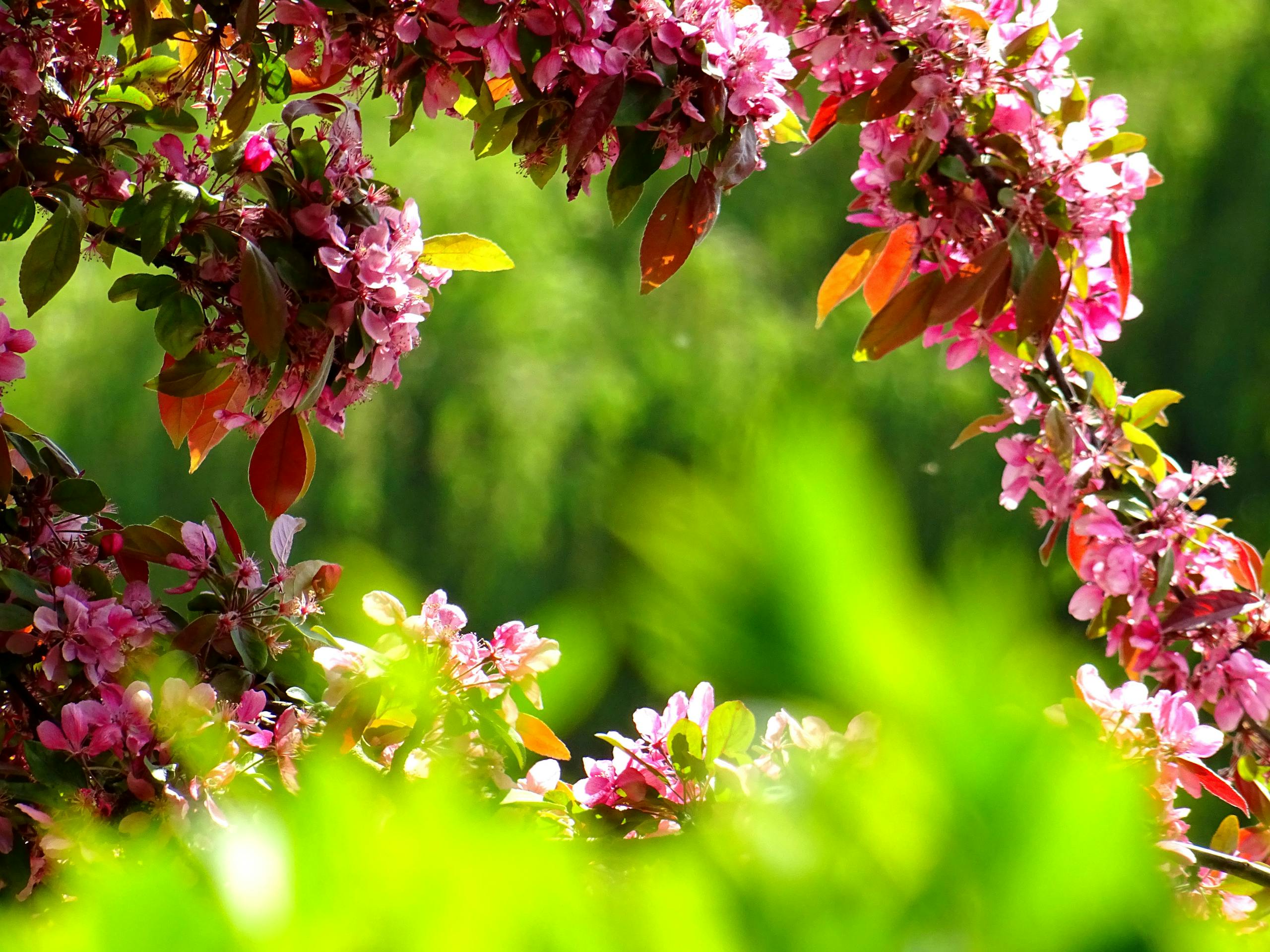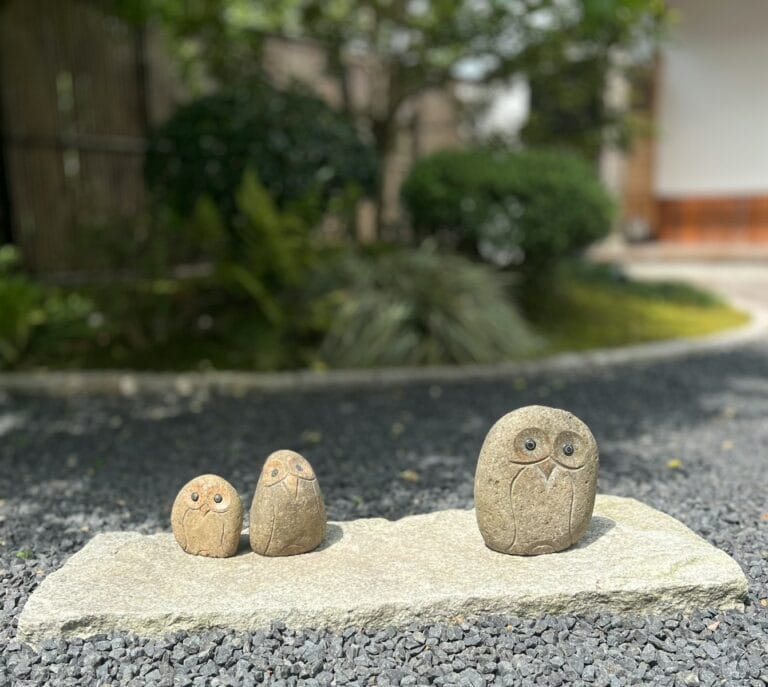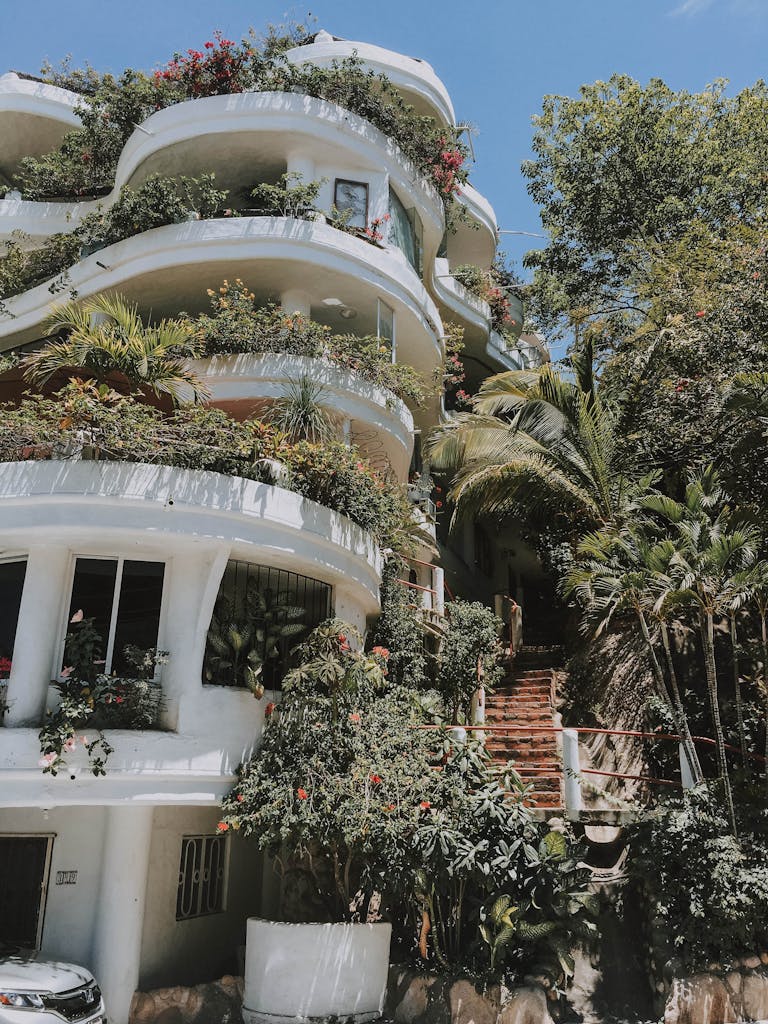Urban gardening techniques in limited space

In our fast-paced urban lives, the allure of green spaces has never been stronger. Yet, when living in tiny apartments or homes with limited outdoor areas, the dream of cultivating a lush garden may seem out of reach. Fear not, urban dweller, for urban gardening in limited spaces is not only possible but also incredibly rewarding. In this blog, we’ll explore creative and unique techniques to turn your small nook into a thriving green oasis.
Why create an urban garden in small spaces?
Creating an urban garden in small spaces has become increasingly popular in recent years. There are many reasons why people choose to do this. For one, it allows individuals to grow their own fresh produce, which can be more cost-effective and healthier than buying from a grocery store. Additionally, urban gardening can help to improve air quality and reduce the urban heat island effect. It can also provide a sense of community and connection to nature in urban environments. Overall, creating an urban garden in small spaces can have numerous benefits for both individuals and the environment.
- Container Gardening: Limited space calls for creative solutions, and container gardening is a perfect match. Utilize balcony railings, windowsills, or even a vertical garden wall to house a variety of plants. Herbs, flowers, and even small vegetables can flourish in containers, providing both aesthetics and functionality in your urban space.
- Vertical Gardening: Vertical gardens are an ingenious way to maximize your space. Use wall-mounted planters, trellises, or shelves to stack your greenery upwards. This technique not only saves space but also adds a stylish and unique element to your urban oasis.
- Raised Beds: For those with a bit more space, consider raised garden beds. These can be constructed in various shapes and sizes to fit your available area. Fill them with rich soil and plant your favorite vegetables, herbs, or flowers. Raised beds provide better control over soil quality and drainage.
- Window Gardens: Windows aren’t just for looking out; they can also be for looking in – at your very own window garden. Utilize your windowsills and hanging planters to bring life to your living spaces. Succulents, herbs, and small flowers thrive in the ample light found near windows.
- Microgreens and Indoor Gardening: When outdoor space is truly limited, turn to indoor gardening. Microgreens, which are young and tender edible plants, can be grown on your kitchen counter. They require minimal space and are packed with nutrients. All you need are some small trays, soil, and seeds.
- Hydroponics and Aquaponics: Modern urban gardeners have turned to hydroponics and aquaponics as space-efficient, soil-less gardening options. These methods allow you to grow a wide variety of plants in compact indoor setups, using nutrient-rich water. It’s a fantastic way to grow fresh produce, herbs, and even small fish in your apartment.
- Community Gardens: If you have absolutely no outdoor space, look for community gardens in your urban area. Many cities offer communal garden plots where residents can rent a small section of land to cultivate their favorite plants. It’s a great way to connect with fellow urban gardeners and get your hands dirty.
Assessing Your Space
Determining the size of your space
Once you have determined the size of your space, you can start planning your urban garden. Consider the amount of sunlight your space receives, as well as the type of soil and drainage. If you have limited space, consider using vertical gardening techniques or raised beds to maximize your growing area. You can also choose to grow plants in containers, which can be moved around to take advantage of different sunlight and temperature conditions. With a little creativity and planning, even the smallest urban spaces can be transformed into thriving gardens.
Choosing the Right Plants
When selecting plants for your urban garden, it’s important to choose varieties that are well-suited for small spaces. Look for plants that have a compact growth habit, such as dwarf varieties of fruit trees or vegetables. Herbs like basil, thyme, and parsley are also great options for small gardens, as they can be grown in containers and don’t require a lot of space. Additionally, consider plants that are low-maintenance and can tolerate a range of growing conditions, such as succulents or native wildflowers. By choosing the right plants, you can create a thriving urban garden in even the smallest of spaces
Preparing your structures
Once you have decided on the location for your urban garden, it’s time to prepare the structures. If you plan on using raised beds or containers, make sure they are clean and free of any debris. If you are building your own raised beds, ensure that they are sturdy and level. It’s also important to consider the type of soil you will be using and whether you need to amend it with compost or other organic matter. Additionally, if you plan on installing trellises or other support structures for climbing plants, make sure they are securely anchored and can withstand the weight of the plants. Taking the time to properly prepare your structures will ensure a successful and productive urban garden.
A small terrace: may be the most appropriate and easiest space for creating a garden. Here, it would be ideal to get everything necessary for an elevated garden. These elevated containers come in various sizes and can be filled with dirt, substrate and plants. Thus, you won’t have to plant in more cumbersome and complicated soil.
- Balcony: a smaller space than a terrace. Therefore, it is best to use the most vertical models possible, or traditional window boxes, in a rectangular shape.

What do I need to create an urban garden in small space?
- Seeds and sprouts: it’s best to purchase seasonal plant sprouts, since not all of them grow the same way during the winter as in the summer. It is best to buy sprouts and not seeds, since these can be cultivated quickly and easily.
For gardening , choose sprouts- Materials: dirt and substrate. Humus is the perfect fertilizer, we can place it on the dirt from time to time to enrich it.
- Space: choose the right vegetables, fruits and herbs for your space: a fruit tree that works perfectly on a terrace isn’t the same as a tomato plant that can grow above the ground and is more appropriate for balcony gardens, for example.
- Light: you need to think about whether the area where you are planting you garden has sufficient hours of daylight. If it isn’t very well-lit, you will need to keep this in mind when choosing the vegetables, fruits or plants that you want to grow.
Choose the right plants for your urban garden
Some examples of resilient plants for a low-maintenance urban garden include:
- coneflowers
- yucca
- hens and chicks
- petunia
- zinnia
- daylily
Take your urban garden vertical
You may not have a sweeping balcony, but that doesn’t mean you can’t use every inch of your space to create a beautiful urban garden. A great option for making the most of your tiny balcony is You can use stack planters, railing planters, vertical wall planters and hanging baskets for an amazing apartment balcony garden. Bromeliads, ferns, begonias, hosts, succulents, air plants and vines make for great choices here.
You can also use wall pockets to incorporate a variety of plant sizes, from spillers, fillers and thrillers, without major commitment. If you change you mind about where you want the wall pocket, you can move it. And because everything has its own container, the worry about companion planting goes out the window. This is a great option for beginners.






